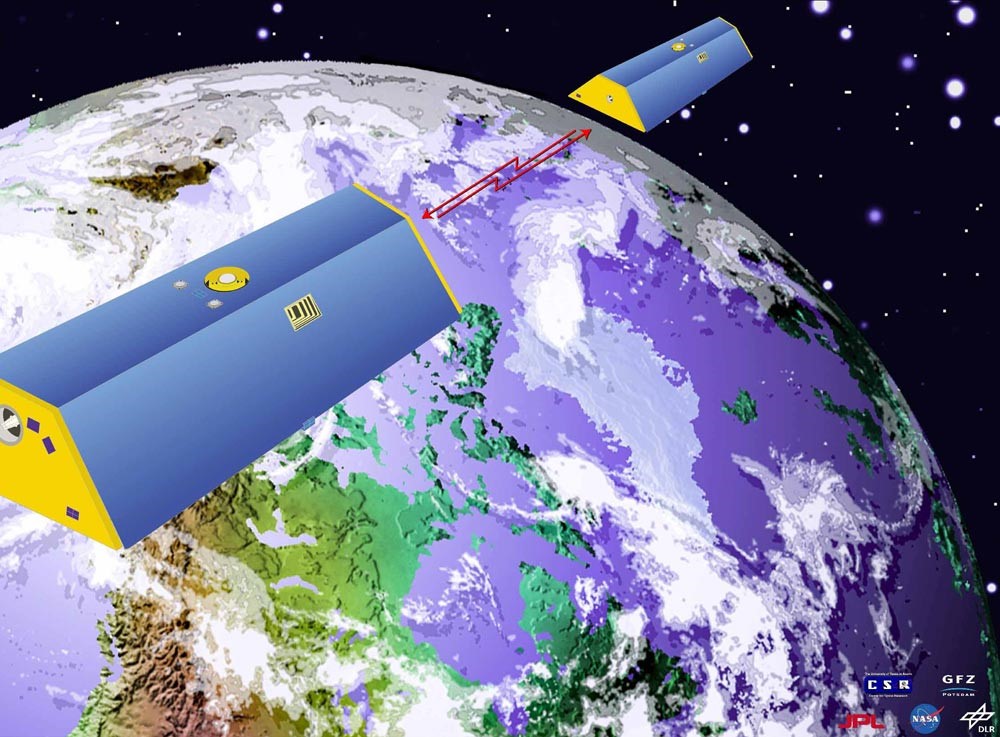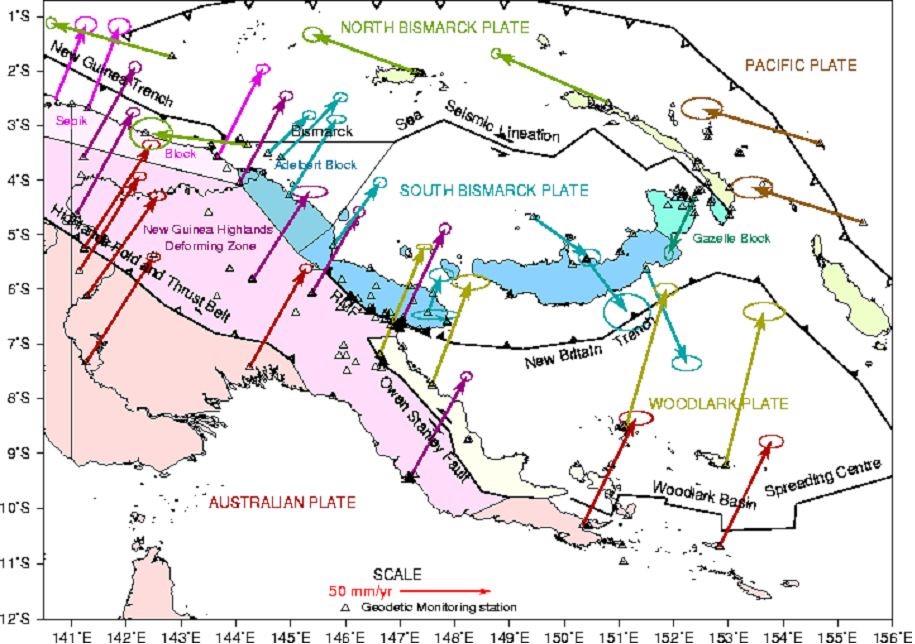Professor Paul Tregoning

Content navigation
About
Professor Paul Tregoning is a geophysicist who uses space-geodetic observations to study changes in the Earth caused by different geophysical processes such as tectonic deformation, climate-driven variations in sea level and polar ice caps, tidal deformation etc. His research over the past two decades has included studies of:
- Inter-seismic strain accumulation in active tectonic regions
- Present-day sea level variations around the Australian coastline
- Hydrological processes and the ocean/continent exchange of water
- Mass balance changes in polar regions
- The elastic loading of the Earth through atmospheric pressure and hydrological loading processes
- Modelling high-accuracy satellite orbits
- The retardation of signals propagating through the Earth's atmosphere
He is a member of the GRACE-FO space gravity Science Team and a Fellow of the IAG. Since 2014, He was an Editor of Journal of Geophysical Research - Solid Earth (2014-2023).
Affiliations
- Climate & Ocean Geoscience, Member
- Environmental Geodesy, Leader
Research interests
My research involves using observations of the Earth made by satellites to study contemporary changes on and within the Earth. There are many geophysical processes that affect the Earth which can be detected – and hence studied – using satellite observations, including earthquake deformation, inter-seismic strain caused by fully or partially locked plate boundaries, climate-driven variations in sea level and polar ice caps, and hydrological processes and the exchange of water between oceans and continents
Data from a number of different space-geodetic satellite missions is analysed to derive estimates of crustal deformation, sea level and mass distribution on Earth.

Satellite altimetry is used to measure global sea surface heights and ice topography in polar regions. Commencing in 1992 with the Topex/Poseidon mission, satellite altimeters have been used to measure changes in global and regional sea level. Both radar and laser altimeters are also used to monitor changes in ice sheets, contributing to mass balance studies in polar regions and of mountain glaciers.

Space gravity observations of the Gravity Recovery and Climate Experiment (GRACE) mission are used to study mass redistributions on Earth, including: the ongoing adjustment of the Earth’s surface after melting of the very large ice sheets that existed 10,000-20,000 years ago, mass balance variations of polar ice sheets and changes in continental total water storage. I have led a team who has developed our own software to generate estimates of mass redistribution from the Level1B GRACE data. Research using GRACE continues at RSES in fields of oceanography, crustal deformation and climate change.

Use of the Global Positioning System (GPS) observations to study deformation of the Earth’s crust including elastic deformation caused by atmospheric, hydrological and ocean loading, deformation related to earthquakes and the strain buildup between earthquakes and the ongoing relaxation of the Earth’s mantle after loading caused by the large ice sheets thousands of years ago.
Research in Environmental Geodesy using remotely sensed satellite observations requires a strong background in physics and mathematics and involves the development and use of software for the analysis of the data. The combination of changes on Earth detected by multiple sensors leads to new insights into how our Earth responds to changing climate conditions. I use such information to quantify changes in resources (e.g. water availability, local sea level) and to learn about how our environment on Earth is changing.
Projects
- Analysis of changes in Australia's water resources using space gravity data from the GRACE Follow-On mission, Principal investigator
- Antarctic GPS project: geodetic monitoring of isostatic rebound near the Lambert Glacier, Principal investigator
- The history of past ice sheets, Principal investigator
- Geodesy and Geodynamics, Supervisor
- GRACE Follow-on mission, Supervisor
- Mass balance changes of polar ice caps , Supervisor
- Present-day glacial isostatic adjustment of Antarctica, Supervisor
- Sensing water vapour in the atmosphere using GPS, Supervisor
- The effect of climate change on polar ice sheets, Supervisor
- Variations in water resources in Australian drainage basins , Supervisor
Teaching information
Convenor EMSC3032: Melting polar ice sheets, sea level variations and climate change
Location
J3, 150
Publications
A full list of publications can be found here.
